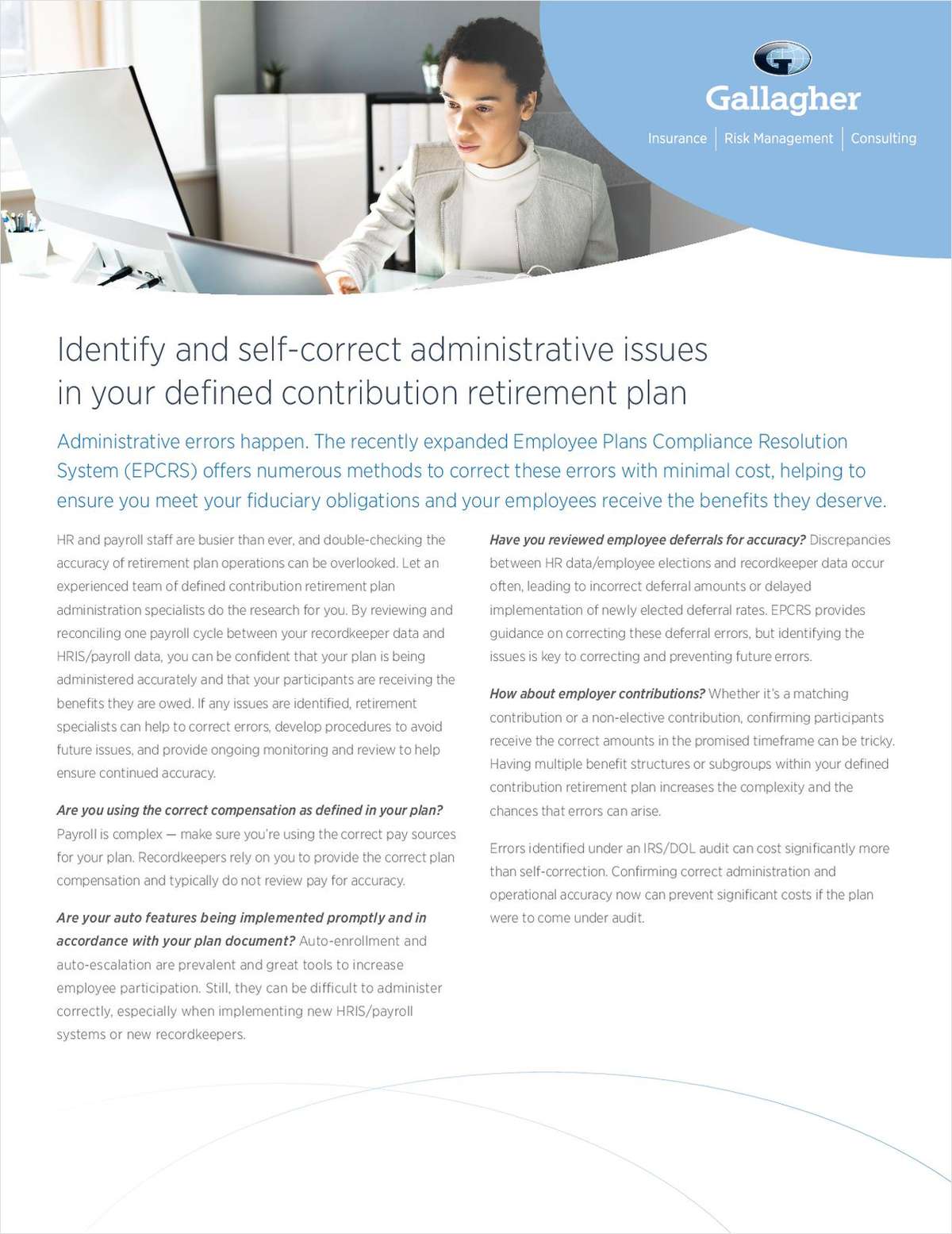 Establishing a college savings option for employees is typically a low-maintenance endeavor and straightforward for employers, with no reporting required. (Photo: Shutterstock)
Establishing a college savings option for employees is typically a low-maintenance endeavor and straightforward for employers, with no reporting required. (Photo: Shutterstock)
When it comes to saving for big-ticket expenses, their child's tuition costs are often at the top of many parents' to-do lists. And with college costs consistently on the rise, employees are looking for the best ways to save for their child's future without sacrificing their own.
While there are many ways to save for college, 529 savings plans are tax-advantaged investment vehicles designed to encourage saving for future higher education expenses. More employers are finding value in offering 529 plans to their employees as part of their benefits packages to help them reach their college savings goals.
Not all 529 plans are created equal, however. Here are four factors HR professionals should consider when examining 529 college savings plans.
|1. Plan cost
When it comes to 529 plans, lower investment expenses mean higher potential net investment return. To analyze plan costs, HR professionals can find analysis from the online resource SavingForCollege.com, which produces an annual 529 fee study that compares the lowest and highest 10-year expense totals for all direct-sold 529 plans. The study is a good place to start researching 529 plan costs.
|2. Investment options
Most 529 plans offer a wide range of investment options, including age-based portfolios designed to gradually shift allocations into more conservative investments as kids age (and when they need the money to pay for college). HR professionals should closely review the investment lineup, making sure it is diverse and deep enough to meet employees' college investing needs, goals and risk tolerances.
|3. To match or not to match
An emerging trend in the college workplace savings space is that more companies offer matching contributions to 529 college savings plans, similar to a 401(k) match. Offering a match is a big financial decision for your company, but doing so can provide an added incentive for your employees to participate, and proves your commitment to their financial well-being. Matching employee contributions can also increase employees' awareness of the 529 plan and promote increased savings and higher participation.
4. Implementation and effort
Perhaps the best part about offering a 529 college savings plan is how simple it is for employers to set up and maintain. Establishing a college savings option for employees is typically a low-maintenance endeavor and straightforward for employers, with no reporting required. Employers simply set up a payroll slot for employees to opt in and begin directing funds from their paychecks each pay period. This makes it easy—and free—to launch and maintain, and even easier for employees to start saving.
In today's tight labor market, recruiting and retaining strong talent can be a challenge. Current and prospective employees are looking for companies to offer benefits packages that make a real difference in their financial well-being, and a college savings option can give employers an important competitive edge. Keep these factors in mind when considering how a 529 savings plan can benefit your employees, now and in the future.
Julio Martinez is executive director of the ScholarShare Investment Board, an agency of the State of California and chaired by the California State Treasurer.
Read more:
Complete your profile to continue reading and get FREE access to BenefitsPRO, part of your ALM digital membership.
Your access to unlimited BenefitsPRO content isn’t changing.
Once you are an ALM digital member, you’ll receive:
- Breaking benefits news and analysis, on-site and via our newsletters and custom alerts
- Educational webcasts, white papers, and ebooks from industry thought leaders
- Critical converage of the property casualty insurance and financial advisory markets on our other ALM sites, PropertyCasualty360 and ThinkAdvisor
Already have an account? Sign In Now
© 2025 ALM Global, LLC, All Rights Reserved. Request academic re-use from www.copyright.com. All other uses, submit a request to [email protected]. For more information visit Asset & Logo Licensing.








